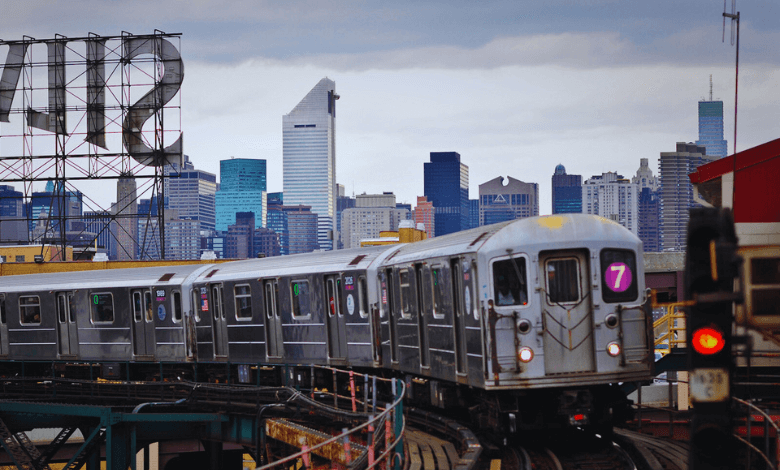New York City’s Transit is Going to Get Worse: Here’s Why

In an ambitious endeavor to rejuvenate New York City’s aging transit system, officials have unveiled a remarkable 20-Year Needs Assessment report.
This comprehensive plan not only addresses the pressing need for infrastructure overhaul but also places climate change adaptation at its core, all against the backdrop of a recent debilitating rainstorm that brought the city to a standstill.
The Metropolitan Transportation Authority (M.T.A.) faces a twin challenge – breathing new life into a timeworn system while fortifying it against the relentless impacts of climate change.
Engineers have rallied for the acquisition of thousands of fresh rail cars and buses, a modernized subway signal system, and the restoration of deteriorating tunnels and facilities, notably at the iconic Grand Central Terminal.
The 20-Year Needs Assessment isn’t just another report; it serves as a compass guiding future maintenance and expansion endeavors for the city’s transit system. Janno Lieber, the M.T.A.’s chairman, describes it as a comprehensive revelation, saying,
“This detailed evaluation unveils the entire story, highlighting the pressing need to revitalize the existing infrastructure and prepare for the challenges posed by climate change.”
What are Transit Activists saying?
Transit advocates commend the report as a vital tool to adapt to evolving needs, especially as ridership rebounds from pandemic lows.
However, critics point out its lack of crucial details, such as the financial implications of these proposed improvements.
Notably, the report doesn’t chart a clear path for implementing these vital changes, a concern echoed by Thomas P. DiNapoli, the state comptroller.
He notes, “It doesn’t outline which projects will reduce repair needs, enhance service, or bolster the transit system’s resilience.”
The report’s release coincides with New York State’s groundbreaking congestion pricing program launch, designed to generate billions for mass transit funding while alleviating Midtown Manhattan’s traffic congestion. These funds will play a pivotal role in financing the ongoing M.T.A. capital expansion plan.
The timing is significant, with the report emerging shortly after a rainstorm wreaked havoc on the city, causing subway disruptions and underscoring the looming threat of man-made climate change on a warming planet.
To tackle climate change, the M.T.A. sets forth bold objectives, including electrifying nearly 6,000 buses and integrating energy-saving technologies across its facilities.
The report identifies 550 vulnerable sites, such as the Hudson line on the Metro-North Railroad, susceptible to flooding from the Hudson River.
The M.T.A.’s current $54.8 billion capital plan, spanning from 2020 to the next year, is already in motion, encompassing projects like extending the Second Avenue subway into East Harlem and enhancing Penn Station.
ALSO READ: Indian Executives Grapple with Climate Change Risks: Here’s Why.
Efforts to enhance accessibility for people with disabilities through elevator and ramp installations are also underway.
Transit officials hope this report will not only inform policymakers but also rally public support for crucial investments in New York City’s mass transit, marking a bold step toward a more resilient and modern future.



